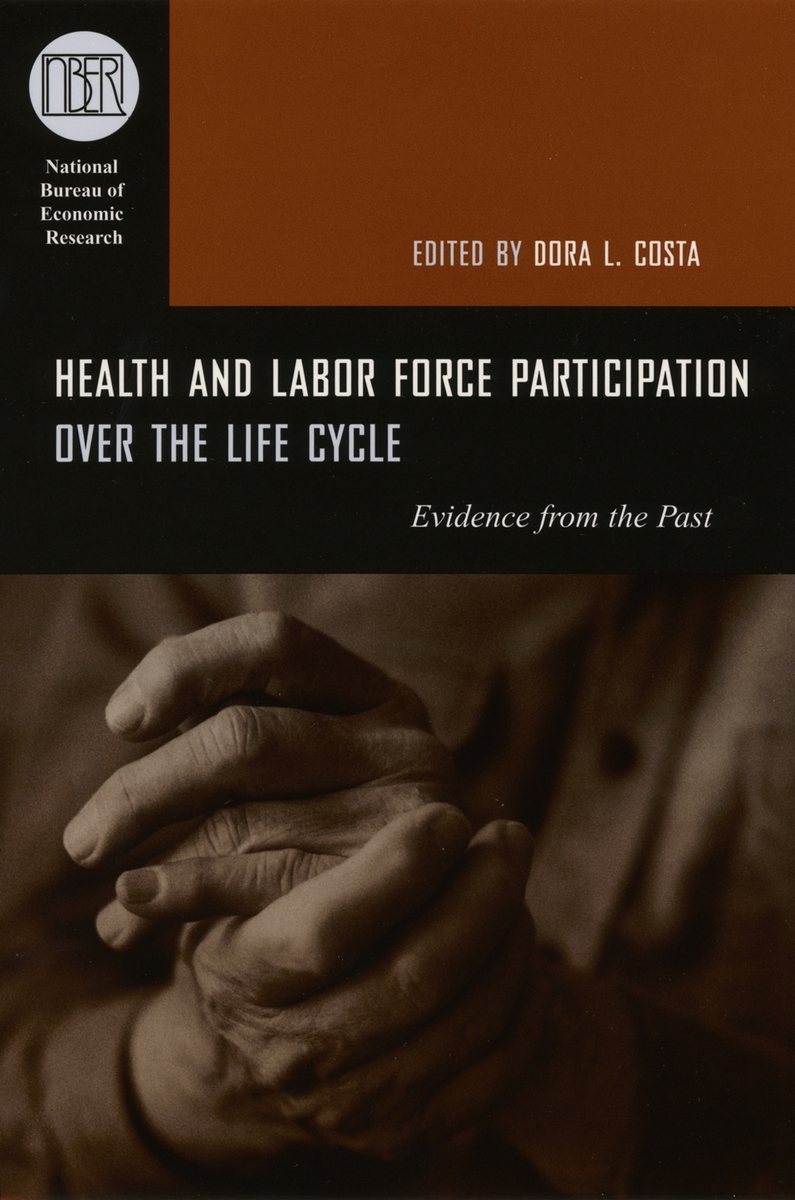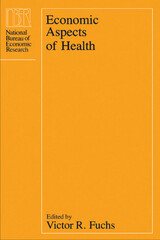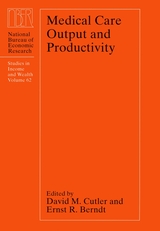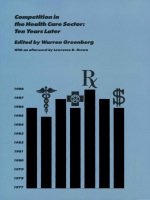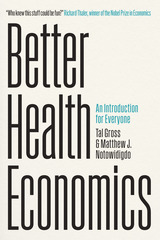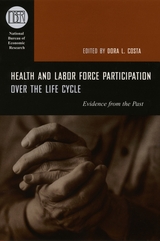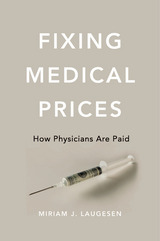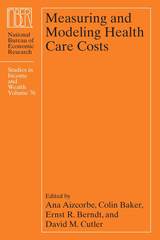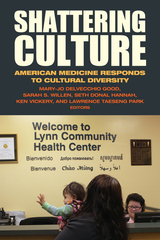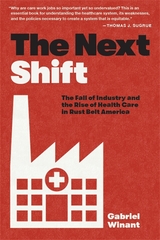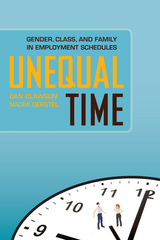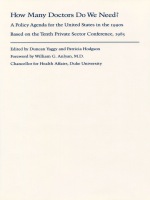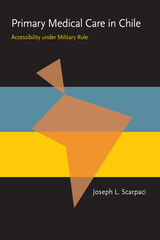Health and Labor Force Participation over the Life Cycle: Evidence from the Past
University of Chicago Press, 2003
eISBN: 978-0-226-11619-8 | Cloth: 978-0-226-11618-1
Library of Congress Classification RA410.53.H4115 2003
Dewey Decimal Classification 331.3980973
eISBN: 978-0-226-11619-8 | Cloth: 978-0-226-11618-1
Library of Congress Classification RA410.53.H4115 2003
Dewey Decimal Classification 331.3980973
ABOUT THIS BOOK | AUTHOR BIOGRAPHY | TOC | REQUEST ACCESSIBLE FILE
ABOUT THIS BOOK
The twentieth century saw significant increases in both life expectancy and retirement rates-changes that have had dramatic impacts on nearly every aspect of society and the economy. Forecasting future trends in health and retirement rates, as we must do now, requires investigation of such long-term trends and their causes.
To that end, this book draws on new data-an extensive longitudinal survey of Union Army veterans born between 1820 and 1850-to examine the factors that affected health and labor force participation in nineteenth-century America. Contributors consider the impacts of a variety of conditions-including social class, wealth, occupation, family, and community-on the morbidity and mortality of the group. The papers investigate and address a number of special topics, including the influence of previous exposure to infectious disease, migration, and community factors such as lead in water mains. They also analyze the roles of income, health, and social class in retirement decisions, paying particular attention to the social context of disability.
Economists and historians who specialize in demography or labor, as well as those who study public health, will welcome the unique contributions offered by this book, which offers a clearer view than ever before of the workings and complexities of life, death, and labor during the nineteenth century.
To that end, this book draws on new data-an extensive longitudinal survey of Union Army veterans born between 1820 and 1850-to examine the factors that affected health and labor force participation in nineteenth-century America. Contributors consider the impacts of a variety of conditions-including social class, wealth, occupation, family, and community-on the morbidity and mortality of the group. The papers investigate and address a number of special topics, including the influence of previous exposure to infectious disease, migration, and community factors such as lead in water mains. They also analyze the roles of income, health, and social class in retirement decisions, paying particular attention to the social context of disability.
Economists and historians who specialize in demography or labor, as well as those who study public health, will welcome the unique contributions offered by this book, which offers a clearer view than ever before of the workings and complexities of life, death, and labor during the nineteenth century.
See other books on: Evidence | Health | Health and hygiene | Older people | Past
See other titles from University of Chicago Press
